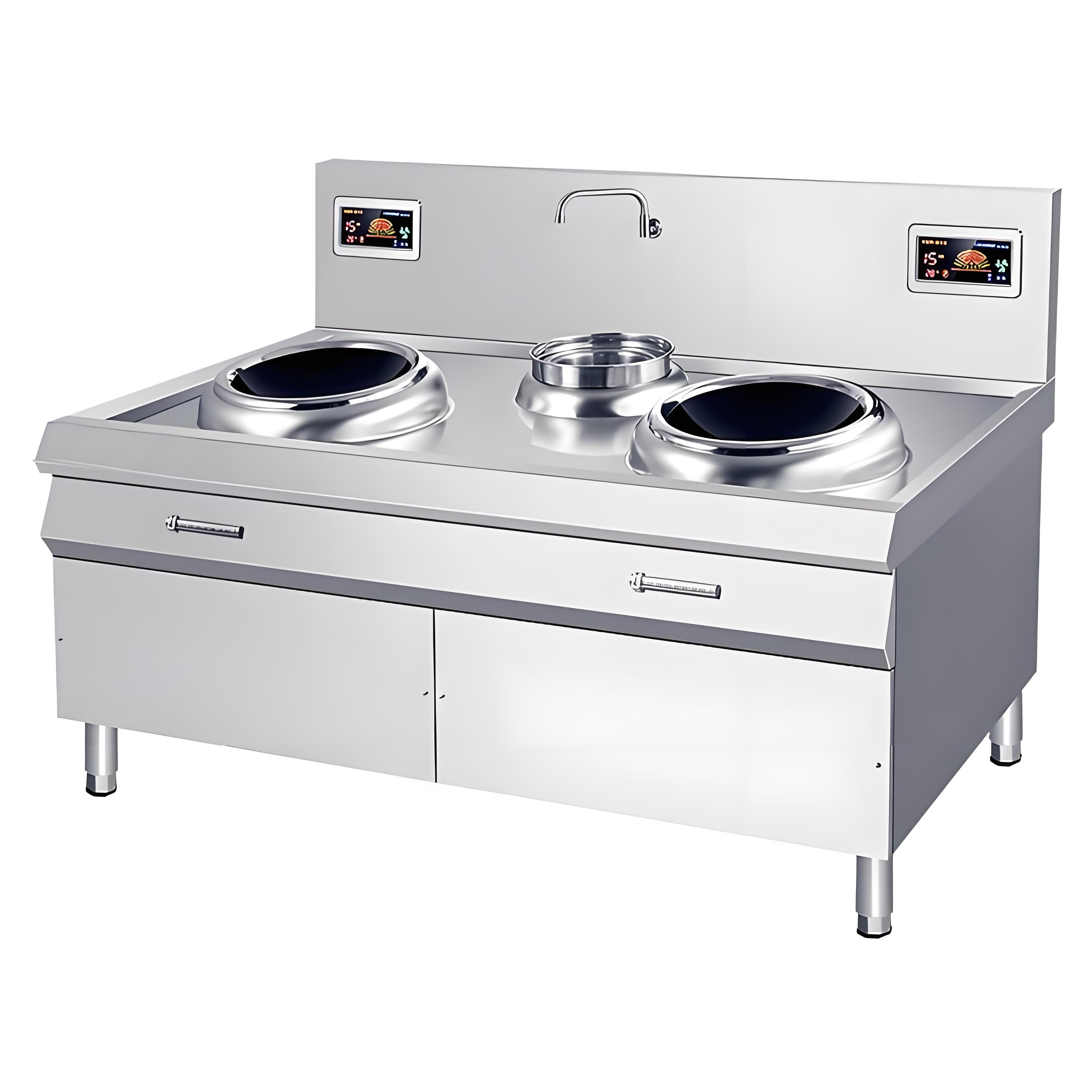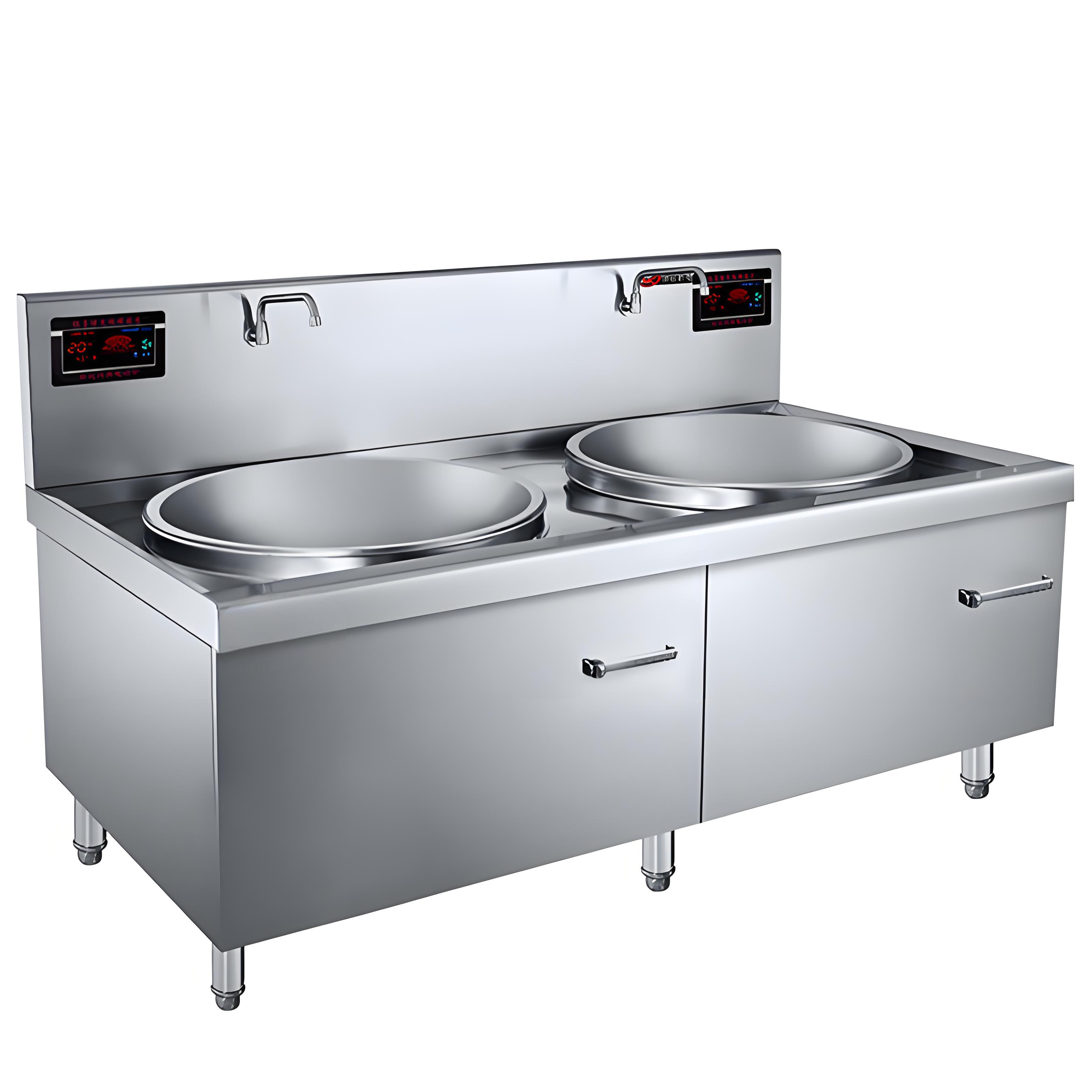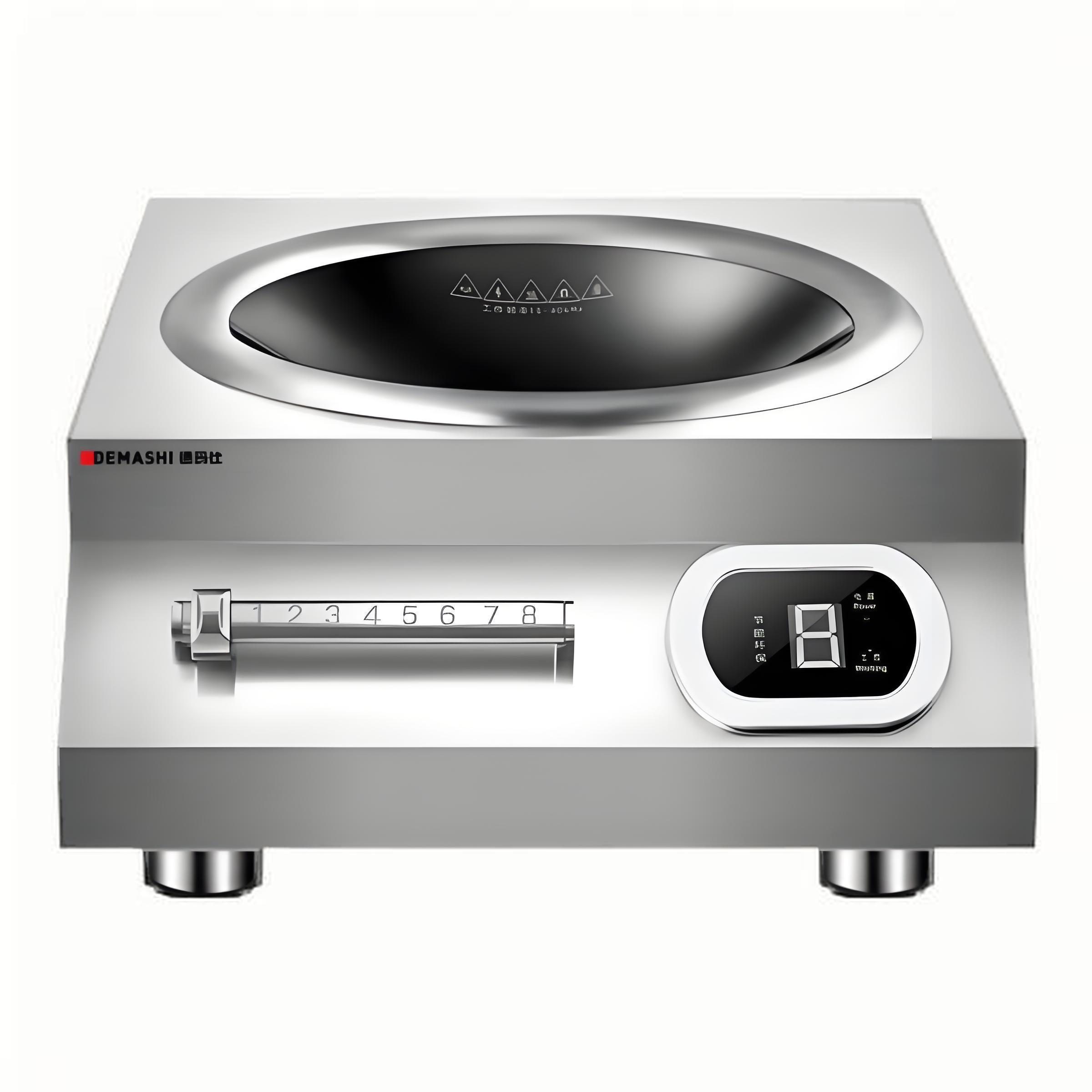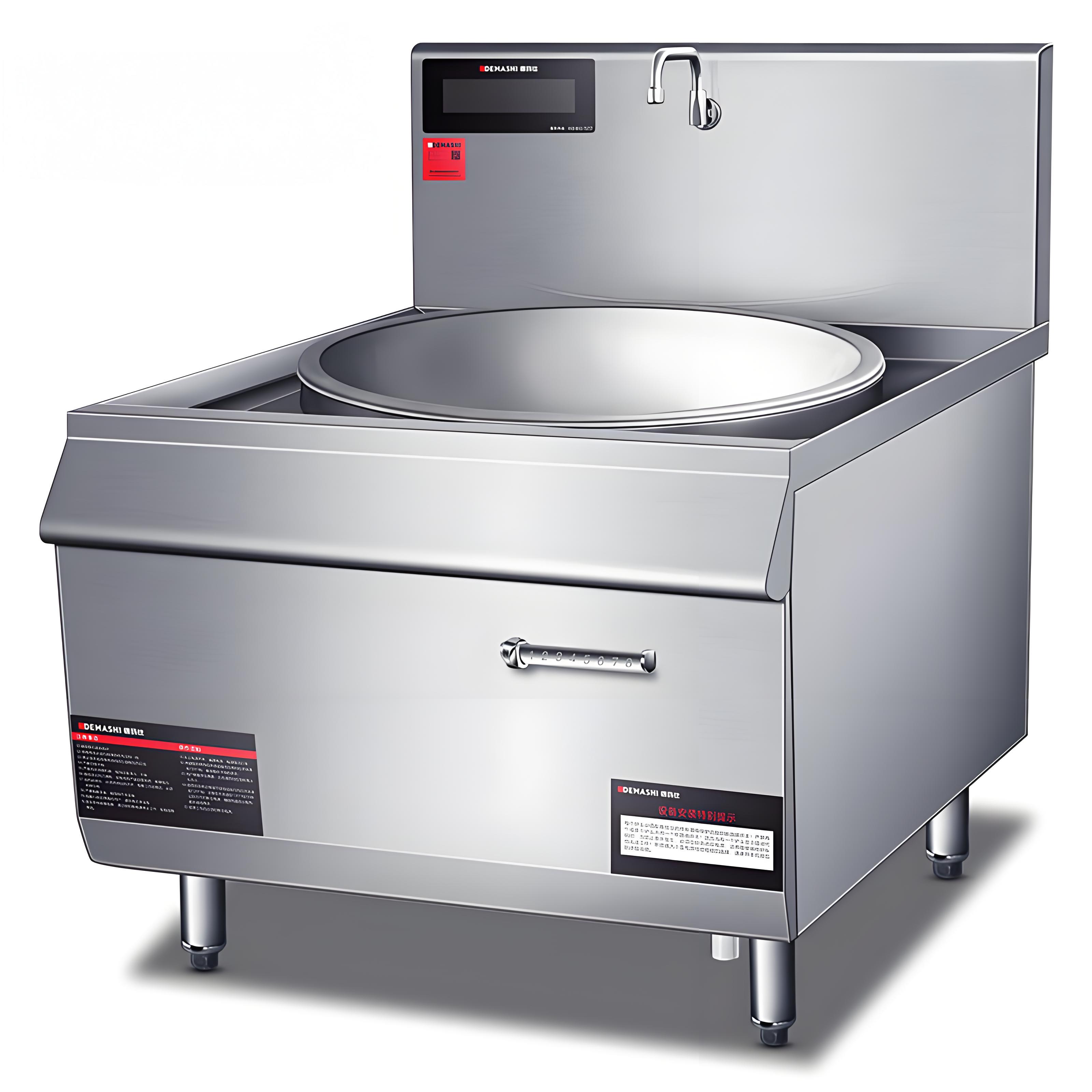In the bustling world of commercial kitchens, commercial induction cookers have become indispensable pieces of equipment. They offer efficiency, precision, and a modern cooking experience. However, like any sophisticated machinery, they require proper care and maintenance, especially when it comes to their circuit boards. As someone who has spent years in this industry, I’ve seen firsthand the impact that proper maintenance can have on the longevity and performance of these appliances. In this article, I’ll share my insights and practical tips on how to keep your commercial induction cooker’s circuit board in top shape.
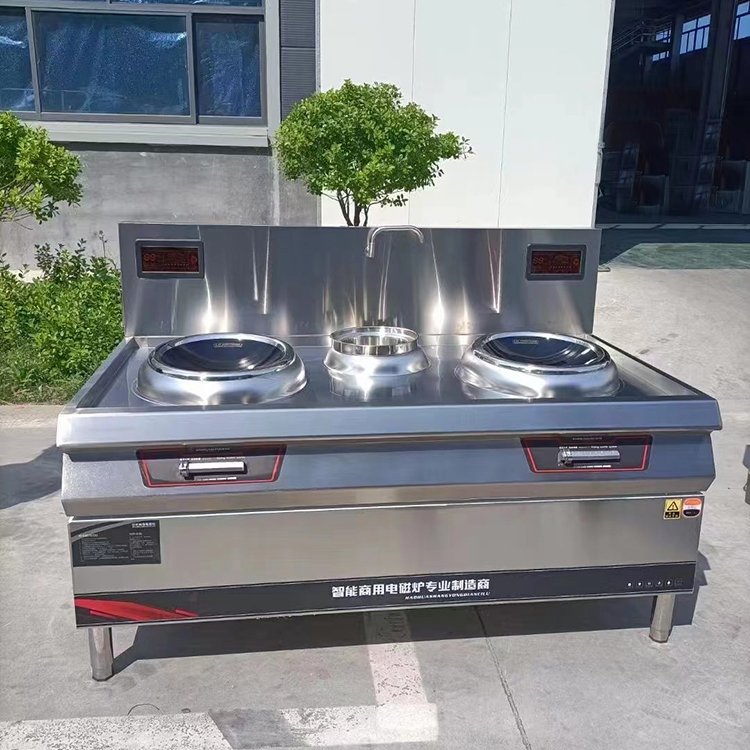
Understanding the Importance of Circuit Board Maintenance
The circuit board is the brain of your commercial induction cooker. It controls all the functions, from power regulation to temperature control. A well-maintained circuit board ensures that your cooker operates smoothly, reduces the risk of breakdowns, and extends the overall lifespan of the equipment. Neglecting its maintenance can lead to costly repairs, downtime in your kitchen, and even potential safety hazards.
Regular Cleaning: The First Line of Defense
One of the simplest yet most effective ways to maintain your circuit board is through regular cleaning. Dust, grease, and food particles can accumulate on the circuit board over time, causing overheating, short circuits, and other issues. Here’s how to clean it properly:
Step-by-Step Cleaning Guide
Turn Off and Unplug: Before you start, always make sure the induction cooker is turned off and unplugged from the power source. Safety first!
Remove the Cover: Depending on the model, you may need to remove a few screws or clips to access the circuit board. Refer to your user manual for specific instructions.
Use Compressed Air: Gently blow compressed air over the circuit board to remove loose dust and debris. Be careful not to touch any components with the air nozzle.
Wipe with a Soft Cloth: If there’s stubborn grease or grime, use a soft, lint-free cloth dampened with a small amount of isopropyl alcohol. Wipe gently, avoiding excessive pressure that could damage the components.
Let It Dry: Allow the circuit board to air dry completely before reassembling the cooker.
Cleaning Frequency
The frequency of cleaning depends on the usage of your induction cooker. In a busy commercial kitchen, it’s a good idea to clean the circuit board every few months. For less frequent use, you can stretch it to every six months. However, always keep an eye on the condition of the circuit board and clean it more often if you notice excessive dust or grime buildup.
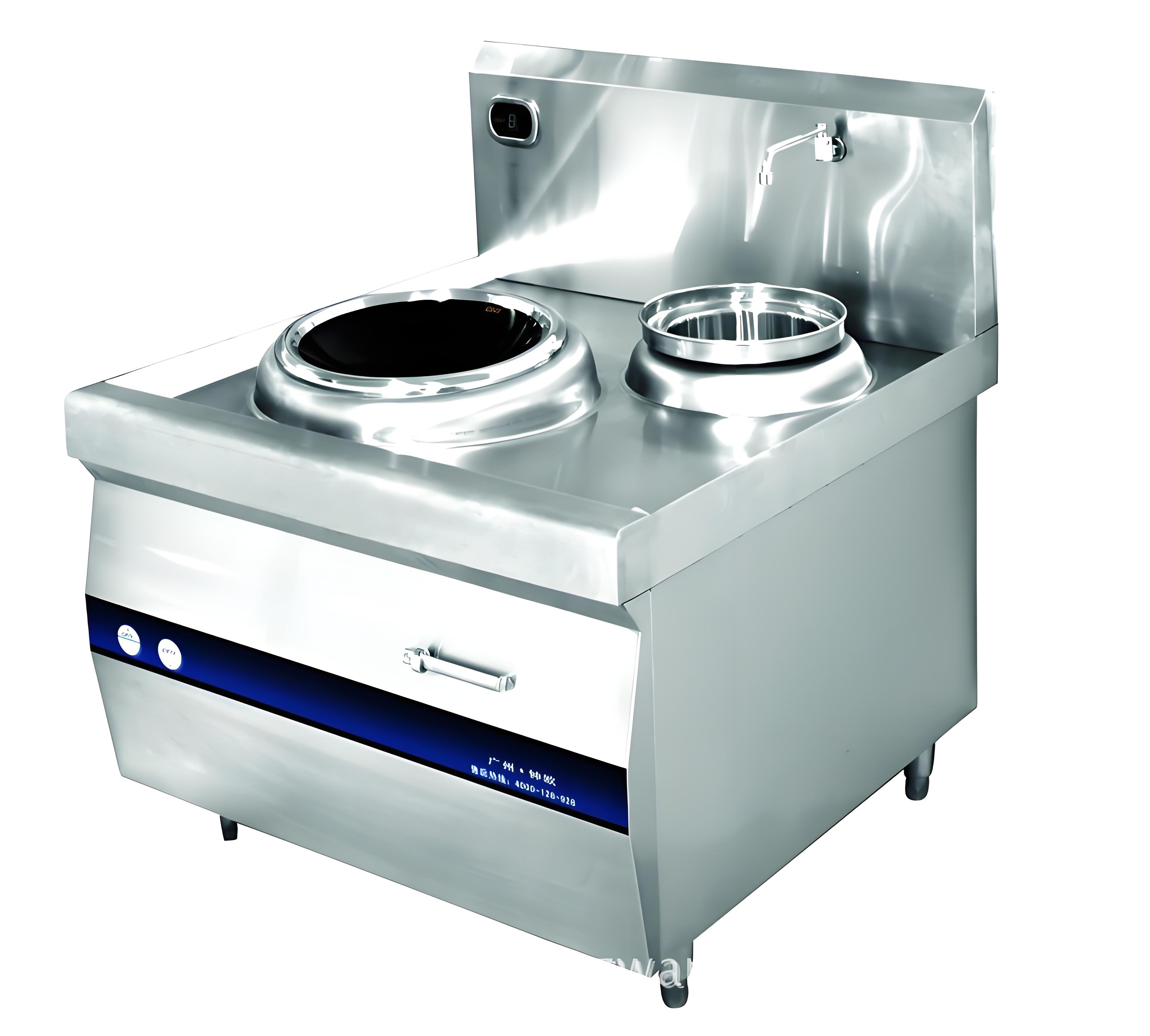
Protecting Against Environmental Factors
Commercial kitchens can be harsh environments, with high temperatures, humidity, and moisture. These factors can take a toll on your induction cooker’s circuit board. Here’s how to protect it:
Temperature and Humidity Control
Avoid Extreme Temperatures: Try to keep your kitchen at a moderate temperature. Extreme heat can cause the circuit board to overheat, while extreme cold can make it brittle and more prone to damage.
Manage Humidity: High humidity can lead to condensation on the circuit board, which can cause short circuits. Use dehumidifiers or proper ventilation to keep the humidity levels in check.
Moisture Protection
Cover the Cooker: When not in use, cover your induction cooker with a protective cover to prevent moisture from getting inside.
Check for Leaks: Regularly inspect your kitchen for any leaks that could potentially reach the cooker. Fix any leaks promptly to avoid water damage to the circuit board.
Handling and Storage
The way you handle and store your commercial induction cooker can also impact the condition of its circuit board. Here are some tips:
Proper Handling
Avoid Rough Handling: When moving the cooker, be gentle and avoid dropping or bumping it. Rough handling can cause internal damage to the circuit board.
Use Proper Lifting Techniques: If you need to lift the cooker, use proper lifting techniques to avoid putting unnecessary strain on the internal components.
Storage Considerations
Store in a Dry Place: When not in use for an extended period, store the induction cooker in a dry, cool place. Avoid storing it in areas prone to flooding or high humidity.
Cover It Up: As mentioned earlier, use a protective cover to keep dust and debris away from the circuit board during storage.

Regular Inspections and Testing
Regular inspections and testing can help you catch potential problems with the circuit board before they escalate. Here’s what to look for:
Visual Inspections
Check for Signs of Damage: Look for any visible signs of damage, such as burnt components, loose connections, or bulging capacitors. If you notice any of these, it’s time to call a professional for repairs.
Inspect the Wiring: Check the wiring for any signs of wear and tear, fraying, or loose connections. Tighten any loose connections and replace any damaged wiring.
Functional Testing
Test the Cooker: Periodically test the induction cooker to ensure it’s functioning properly. Check the power regulation, temperature control, and other features. If you notice any abnormalities, such as uneven heating or error messages, investigate further.
Use a Multimeter: If you have some electrical knowledge, you can use a multimeter to test the voltage and continuity of the circuit board components. This can help you identify any faulty parts that need to be replaced.
When to Seek Professional Help
While regular maintenance can go a long way in keeping your commercial induction cooker’s circuit board in good condition, there are times when you should seek professional help. Here are some signs that it’s time to call a technician:
Signs of a Faulty Circuit Board
Frequent Breakdowns: If your induction cooker is breaking down frequently, it could be a sign of a failing circuit board.
Error Messages: If you’re seeing error messages on the display that you can’t resolve, it’s best to have a professional take a look.
Unusual Noises or Smells: Any unusual noises, such as buzzing or humming, or strange smells, such as burning plastic, could indicate a problem with the circuit board.
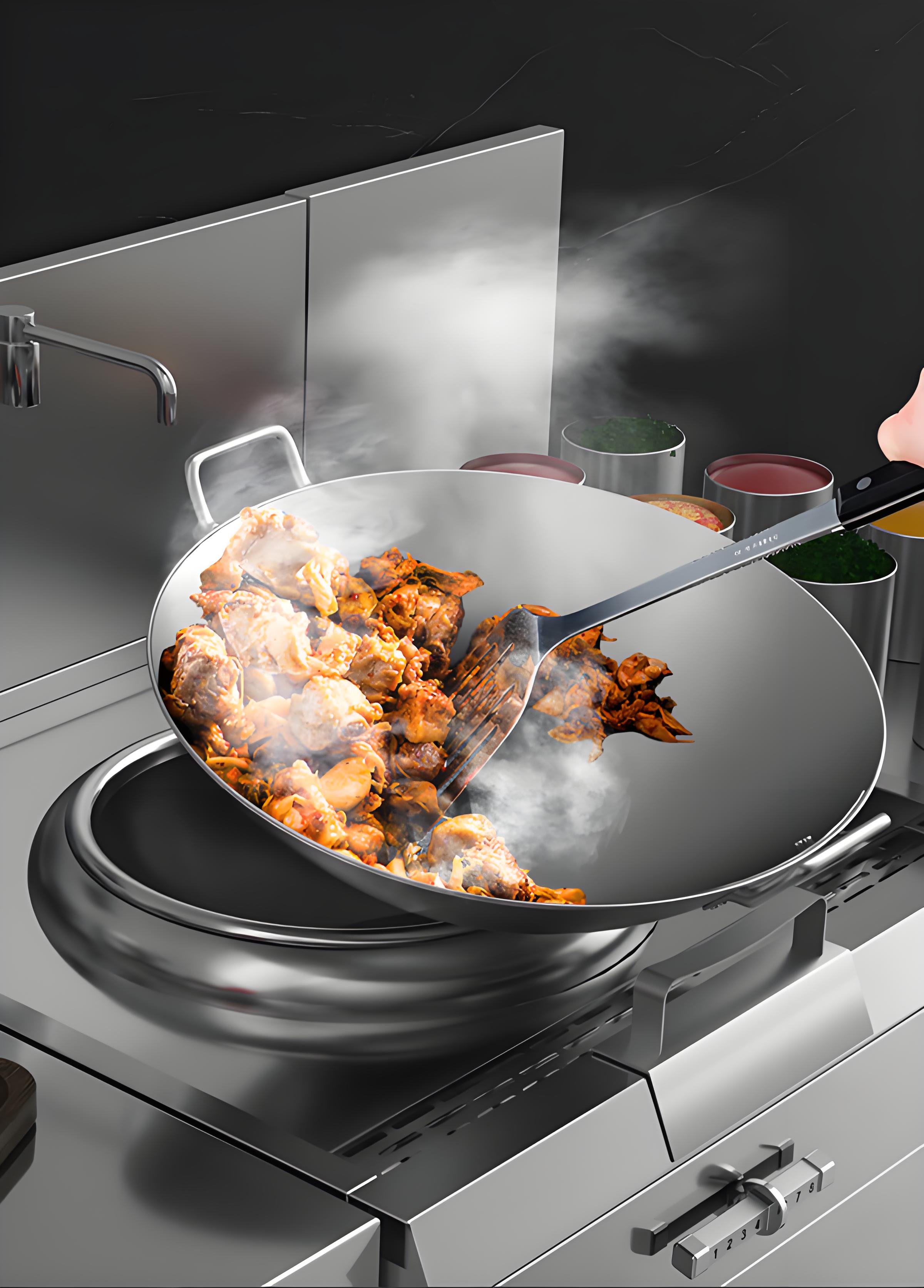
Choosing a Qualified Technician
Look for Experience: When choosing a technician, look for someone with experience in repairing commercial induction cookers. They’ll have the knowledge and skills to diagnose and fix problems with the circuit board.
Check for Certifications: Make sure the technician is certified and has the proper training to work on your specific model of induction cooker.
Ask for References: Don’t be afraid to ask for references from previous customers. This can give you an idea of the technician’s reputation and the quality of their work.
Common Circuit Board Problems and Solutions
Over the years, I’ve encountered several common problems with commercial induction cooker circuit boards. Here are some of them, along with possible solutions:
Overheating
Cause: Overheating can be caused by dust and debris buildup, poor ventilation, or a faulty cooling fan.
Solution: Clean the circuit board and the surrounding area regularly. Ensure that the cooker has proper ventilation. If the cooling fan is faulty, replace it.
Short Circuits
Cause: Short circuits can be caused by moisture, loose connections, or damaged wiring.
Solution: Keep the circuit board dry and free from moisture. Tighten any loose connections and replace any damaged wiring.
Component Failure
Cause: Components such as capacitors, resistors, or transistors can fail over time due to age, overheating, or electrical surges.
Solution: Identify the faulty component using a multimeter and replace it with a new one of the same specifications.
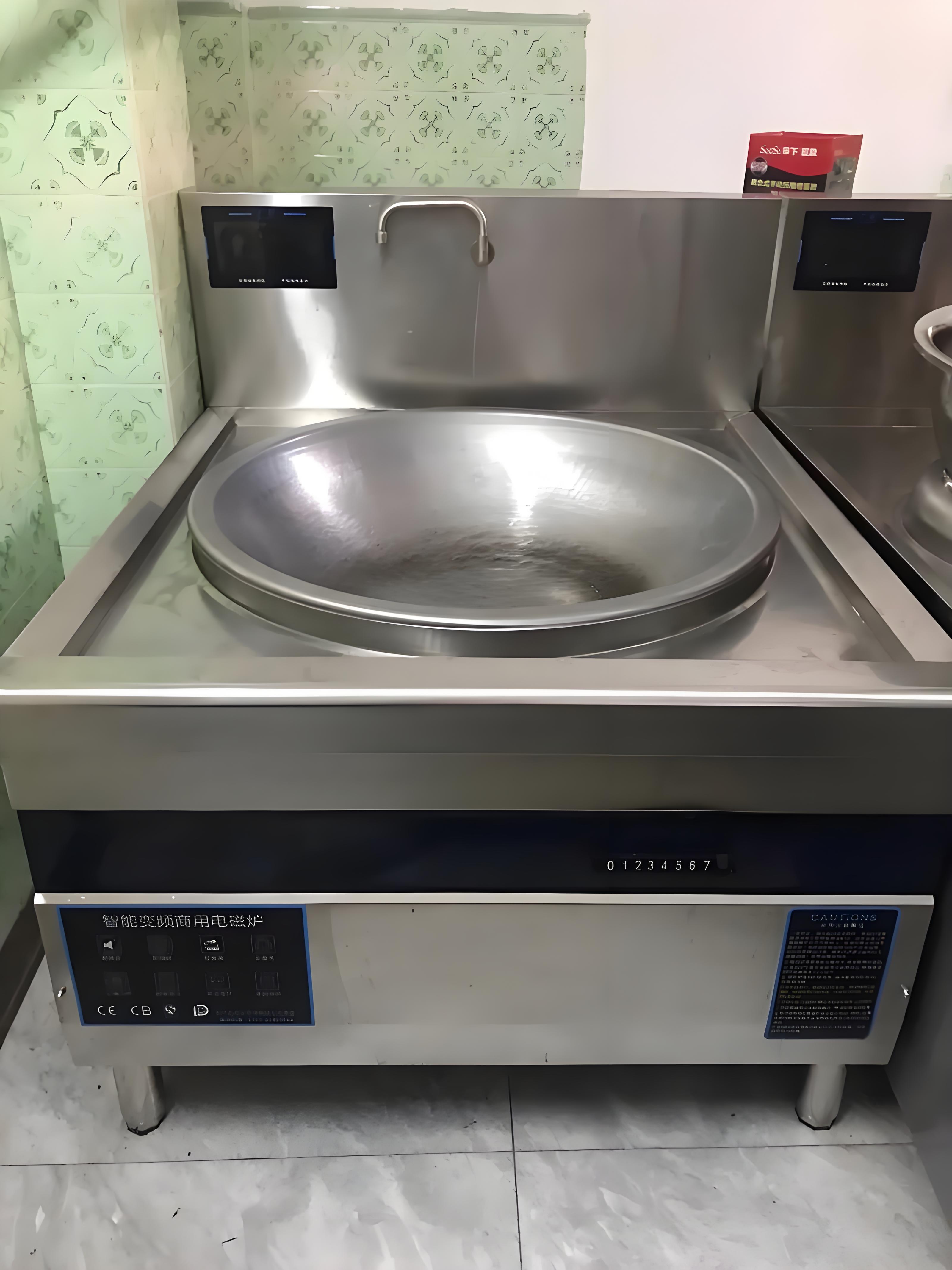
Power Supply Issues
Cause: Power supply issues can be caused by a faulty power cord, a blown fuse, or a problem with the circuit board’s power regulation components.
Solution: Check the power cord for any signs of damage and replace it if necessary. Check the fuse and replace it if it’s blown. If the problem persists, have a professional inspect the power regulation components on the circuit board.
Table: Common Circuit Board Components and Their Functions
| Component | Function | Common Problems | Solutions |
|---|---|---|---|
| Capacitors | Store and release electrical energy | Bulging, leaking, or short-circuiting | Replace with a new capacitor of the same capacitance and voltage rating |
| Resistors | Limit the flow of electrical current | Burnt out or open-circuited | Replace with a new resistor of the same resistance value |
| Transistors | Amplify or switch electrical signals | Overheating, short-circuiting, or open-circuited | Replace with a new transistor of the same type and specifications |
| Diodes | Allow electrical current to flow in one direction only | Burnt out or short-circuiting | Replace with a new diode of the same type and specifications |
| Integrated Circuits (ICs) | Perform complex functions on the circuit board | Overheating, short-circuiting, or malfunctioning | Replace with a new IC of the same type and specifications |
Conclusion
Maintaining the circuit board of your commercial induction cooker is essential for ensuring its reliable performance and longevity. By following the tips and guidelines I’ve shared in this article, you can keep your circuit board in top shape and avoid costly repairs and downtime in your kitchen. Remember to clean it regularly, protect it from environmental factors, handle and store it properly, and conduct regular inspections and testing. And when in doubt, don’t hesitate to seek professional help. With a little care and attention, your commercial induction cooker will serve you well for years to come.

Related Questions
Q1: How often should I clean the circuit board of my commercial induction cooker?
A1: The frequency of cleaning depends on the usage of your induction cooker. In a busy commercial kitchen, it’s recommended to clean the circuit board every few months. For less frequent use, you can clean it every six months. However, always keep an eye on the condition of the circuit board and clean it more often if you notice excessive dust or grime buildup.
Q2: Can I use water to clean the circuit board?
A2: No, you should never use water to clean the circuit board. Water can cause short circuits and damage the components. Instead, use compressed air to remove loose dust and debris, and a soft, lint-free cloth dampened with a small amount of isopropyl alcohol to wipe away stubborn grease or grime.
Q3: What should I do if I notice a burnt smell coming from my induction cooker?
A3: If you notice a burnt smell coming from your induction cooker, it’s important to take immediate action. Turn off and unplug the cooker, and do not use it until the problem has been resolved. The burnt smell could indicate a problem with the circuit board, such as a faulty component or overheating. Have a professional technician inspect the cooker to diagnose and fix the problem.
Q4: How can I tell if the circuit board of my induction cooker is failing?
A4: There are several signs that the circuit board of your induction cooker may be failing. These include frequent breakdowns, error messages on the display, unusual noises or smells, and uneven heating. If you notice any of these signs, it’s best to have a professional technician inspect the cooker to determine the cause of the problem.
Q5: Can I repair the circuit board of my commercial induction cooker myself?
A5: While some basic maintenance tasks, such as cleaning and visual inspections, can be done by yourself, repairing the circuit board requires specialized knowledge and skills. If you’re not experienced in electronics repair, it’s best to leave it to a professional technician. They have the expertise and tools to diagnose and fix problems with the circuit board safely and effectively.
